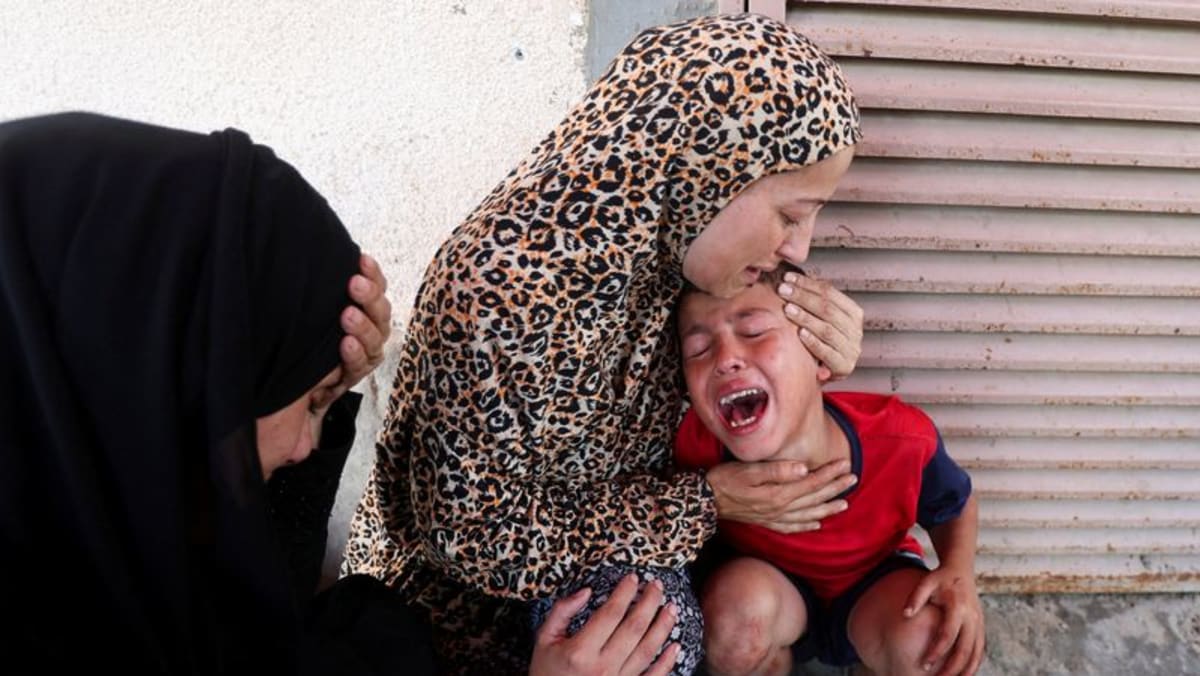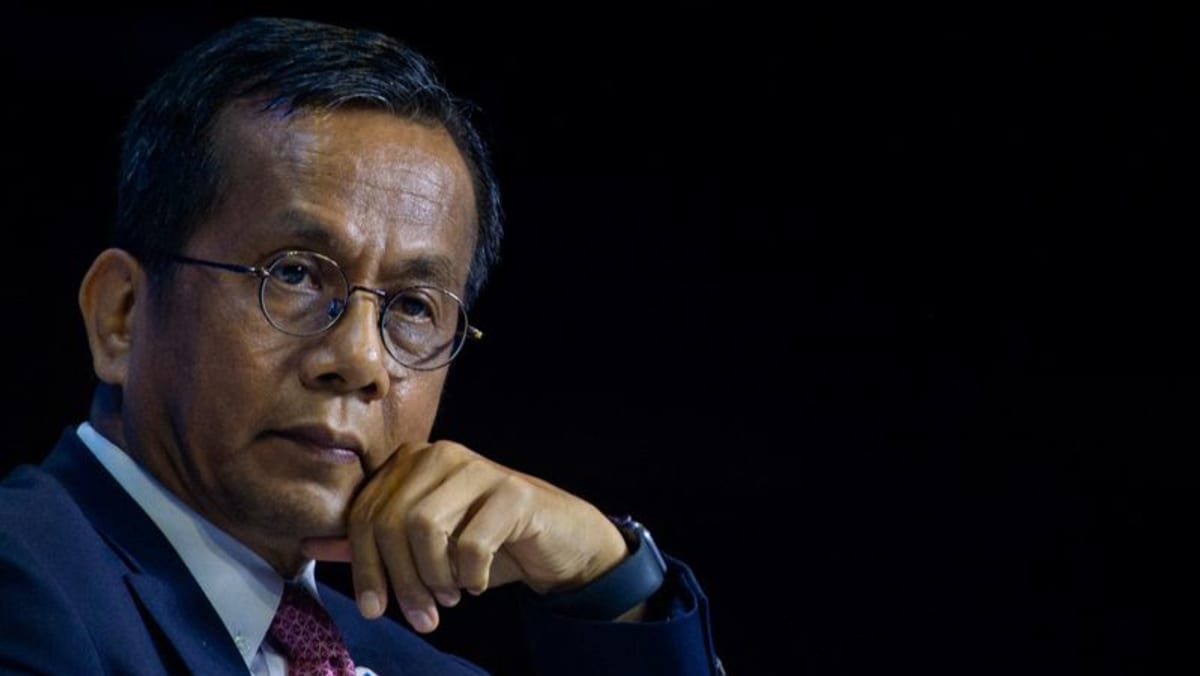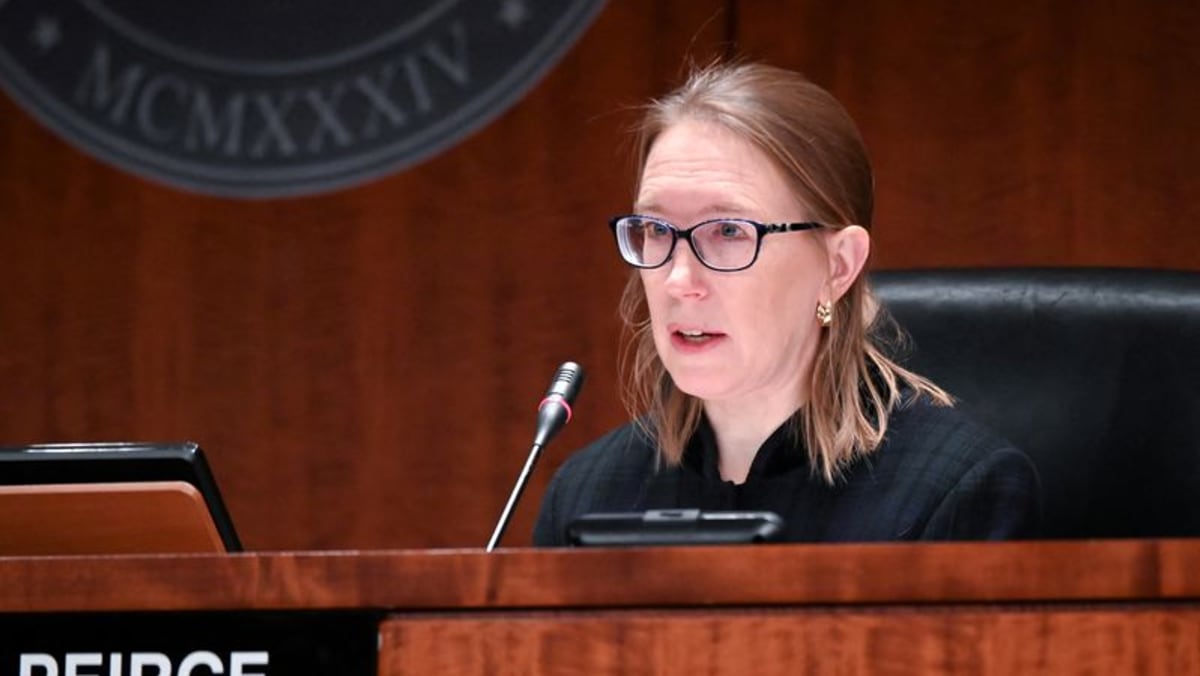MANILA :A Philippine delegation will travel to the United States next month to discuss threatened tariffs on Filipino exports, while a minister said the country’s smaller trade sector makes it less vulnerable than Asian neighbours to global economic shocks.
Special Assistant to the President for Investment and Economic Affairs Frederick Go will lead the mission in May, with the government saying it would be about finding common ground.”This is meant to emphasise diplomatic engagement rather than retaliation. And in Secretary Go’s own words, cooperation not confrontation,” Presidential Communications Undersecretary Claire Castro told a regular media briefing.
Despite the growing uncertainty in global trade, Economic Planning Secretary Arsenio Balisacan said the Philippine economy remains relatively insulated due to its smaller role in global trade compared to its Asian neighbours.
“The economy is not as vulnerable to shocks in the global marketplace as our neighbours… because the Philippine economy’s exposure to trade is fairly small,” Balisacan told a press conference.
However, he cautioned against complacency, stressing the importance of strengthening export performance by diversifying markets and addressing investment constraints so the country could take advantage of trade diversion opportunities resulting from the sweeping U.S. tariffs.
“We need to double, even triple, our efforts to improve the investment environment so investors see the Philippines as a viable destination,” Balisacan said.
The Philippines has not been spared from the global trade wars triggered by U.S. President Donald Trump’s tariffs, with Washington threatening levies on Filipino exports.
The Philippines, which already has free-trade agreements with countries such as South Korea and Japan, is actively pursuing a similar pact with the United States to safeguard and expand market access.
Balisacan said it was premature to revise the country’s economic targets despite the heightened uncertainty. He noted that resilient domestic consumption, which makes up around three-quarters of GDP, should continue to support growth.
He believes hitting the lower end of this year’s 6.0 per cent to 8.0 per cent growth target remains realistic.













